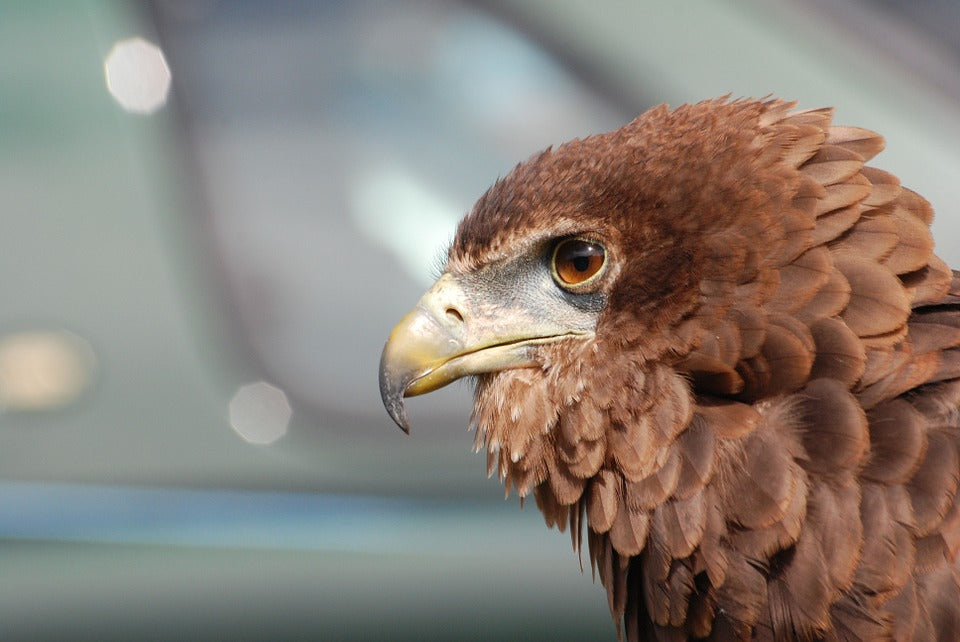Offer
Provide additional details about the offer you're running.
Provide additional details about the offer you're running.
Provide additional details about the offer you're running.

As we stated in our article outlining a bird’s ability to hear, we outlined that like most species, certain senses in birds are more highly developed than others. Perhaps the most undeveloped sense a bird has is their sense of smell, which for most species, is little to none.
Most species of birds have olfactory centers located in their brain that are very small in size, due strictly to the fact that smell is a sense they do not often need or use. There are however a variety of birds that do in fact not only have larger developed olfactory senses in their brains, but they also rely heavily on what sense of smell they do have to locate food, often from long distances.
Species with an over-developed sense of smell include Albatrosses, Honeyguides, Vultures, Kiwis and a few other species. The sense of smell in these particular species is so strong that often they can pick up a scent of food from a long distance that not even a human could detect.
The location of a bird’s nostrils or nares as they are scientifically referred to vary across the many species of birds, but typically can be found located very close to the base of the bill. The shapes of the nares will vary across a variety of species but are usually round, oval or small slit sized openings.
The nares are not typically very easy to see on a bird without an extreme close up, and some species feature a set of feathers designed to cover them. For this reason, they do not serve as a very good field marking for identification.
As the least developed sense among our feathered friends, smell isn’t something birds can use to detect danger like a variety of other animals, and also completely debunks the old myth that a bird will abandon its fledgling if and when one were to come into contact with a human.
High Quality Blend